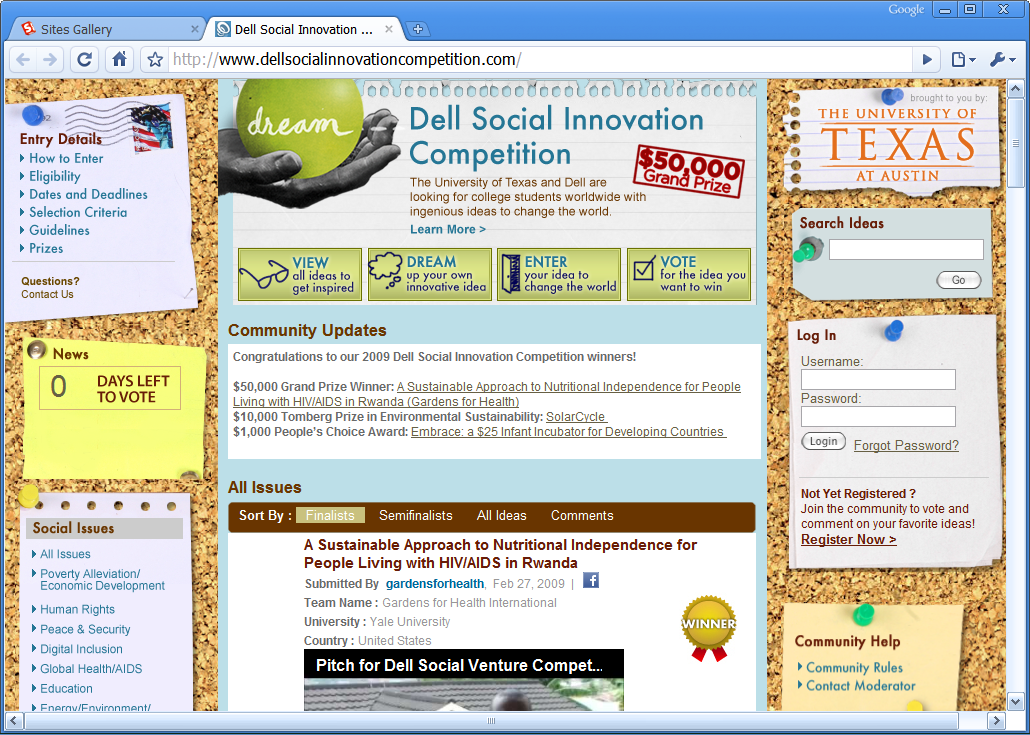Salesforce opens Sites; offers free version to help push cloud adoption

Remember when the corporate Web site consisted of mostly static Web pages: a home page, a handful of pages about the company’s products or services and a place to learn more about the management team, contact sales or even find hours and directions?
Times definitely have changed. For companies large and small, today’s Web sites consist of interactive pages that allow customers to shop for products, query inventory databases, conduct live chats with company reps, read the company’s blogs or even become a follower on Twitter.
Also see: Salesforce announces Twitter app; further validates power of cloud
Now, salesforce.com - with its general release of Force.com Sites today - wants to be the company that not only hosts your company's presence on the cloud but wants to give you the tools to build it, manage it and integrate it with the other salesforce tools that will turn it into a next-generation Web site. That means tasks such as tapping into an inventory database to keep an e-commerce tool up to date become more seamless.
The company first announced Force.com Sites at its Dreamforce conference in November and later opened it to 85 customers, including large enterprise names such as Starbucks, NJ Transit and Dell (see image), to give it a test-run. In that time, the service delivered more than 38 million page views, 350 million site hits and served more than 5 terabytes of data.
What's new and interesting about the salesforce announcement today is that the company has included a free version that includes up to 250,000 page views per month. The idea, the company said, is to accelerate the adoption of cloud services by companies of all sizes (read: small- and medium-sized businesses) by allowing them to try it for free. And when the upgrade time comes along, there's no disruption to the site or service itself - just the account upgrade.
Also see: SMBs to Salesforce: We want more SaaS
Yes, the cloud is still a scary place for a lot of companies - but there doesn't seem to be a ton of risk involved with this route for salesforce customers who would like to be able to incorporate their salesforce data into public - or private - Web pages.
After all, the Web site is the original cloud.